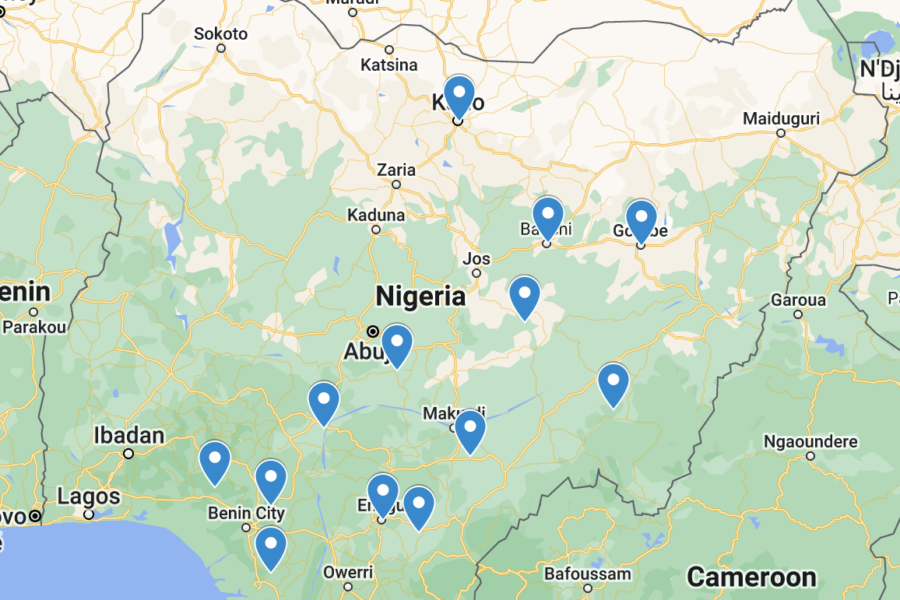The Nigeria Centre for Disease Control and Prevention (NCDC) said it has recorded 117 additional Lassa fever cases from 13 states and the Federal Capital Territory (FCT) in the reporting week 4.
Disclosing this via its official website today (February 13, 2023), the NCDC said the 13 states include Ondo, Edo, Taraba, Bauchi, Ebonyi, Benue, Plateau, Nasarawa, Kano, Gombe, Delta, Enugu and Kogi.
Science Nigeria reports that in week 4, the number of new, confirmed Lassa fever cases in the country decreased from 137 in week 3, 2023, to 117 cases.
The Public Health Agency said cumulatively, from week 1 to week 4, 2023, 53 deaths were reported with a case fatality rate (CFR) of 14.7 per cent which is also lower than the CFR for the same period in 2022 of 19.0 per cent.
According to it, in total for 2023, 18 states have recorded at least one confirmed case across 67 local governments.
“[So far,] 74 per cent of all confirmed Lassa fever cases were reported from Ondo, Edo and Taraba, while 26 per cent were reported from 11 states with confirmed Lassa fever cases. Of the 74 per cent confirmed cases, Ondo reported 36 per cent, Edo 31 per cent and Taraba 7 per cent,” it said.
The NCDC said that the predominant age group affected is 21-30 years, with a range of 1 to 93 years and a median age of 30, while the male-to-female ratio for confirmed cases is 1:0.9.
The Nigerian Public Health Institute said that the number of suspected cases increased when compared to that reported for the same period in 2022.
Also, it disclosed that one new case of a healthcare worker affected was reported for reporting week 4.
The agency said that the national Lassa fever multi-partner, multi-sectoral Emergency Operations Centre (EOC) has been activated to coordinate response activities at all levels
Science Nigeria reports that Lassa fever is an acute, viral, haemorrhagic, fever (VHF) caused by the Lassa virus. The natural reservoir for the virus is the Mastomys natalensis rodent (commonly known as the ‘multimammate rat’ or the ‘African rat’).
Other rodents can also be carriers of the virus. The virus spreads through direct contact with the urine, faeces, saliva or blood of infected rats or objects, household items and surfaces contaminated with the urine, faeces, saliva, or blood of infected rats.
Another avenue is by consuming food or water contaminated with the urine, faeces, saliva, or blood of infected rats.
Person-to-person transmission can also occur through contact with blood, urine, faeces, vomit and other body fluids of an infected person.
Lassa fever initially presents like other commonplace illnesses accompanied by a fever such as malaria. Other symptoms include headache, general body weakness, cough, nausea, vomiting, diarrhoea, muscle pains, chest pain, sore throat and, in severe cases, bleeding from ears, eyes, nose, mouth and other body openings.
The time between infection and the appearance of symptoms of the disease is 3 to 21 days. Early diagnosis and treatment of the diseases greatly increase the chances of patient survival.
People of all age groups who come in contact with the urine, faeces, saliva or blood of infected rats; people living in rat-infested environments, people who consume potentially contaminated foodstuff (especially those left open overnight or dried outside in the open), people who handle or process rodents for consumption, people who do not perform hand hygiene at appropriate times and caretakers of infected persons with poor infection prevention and control measures are all in danger of contracting the disease, the agency’s statement revealed.
